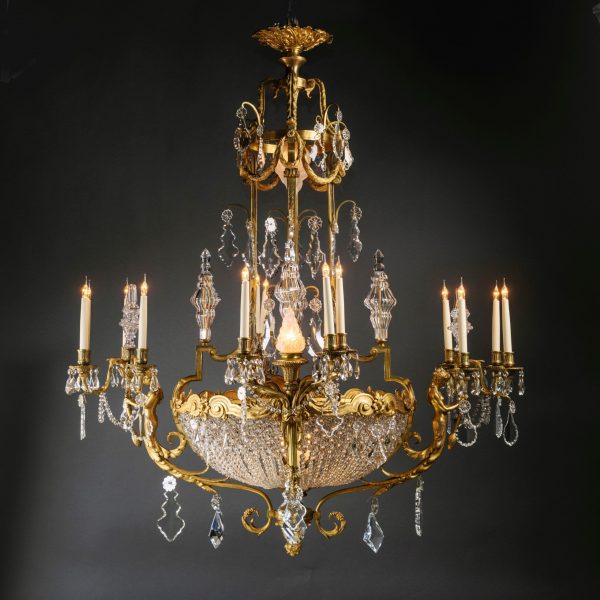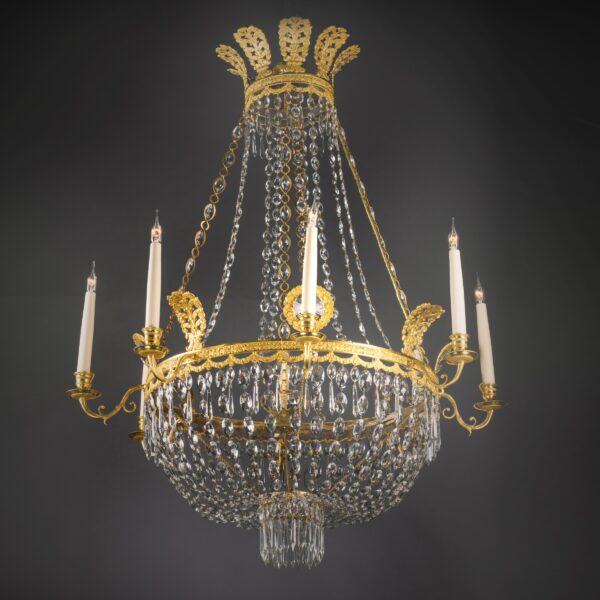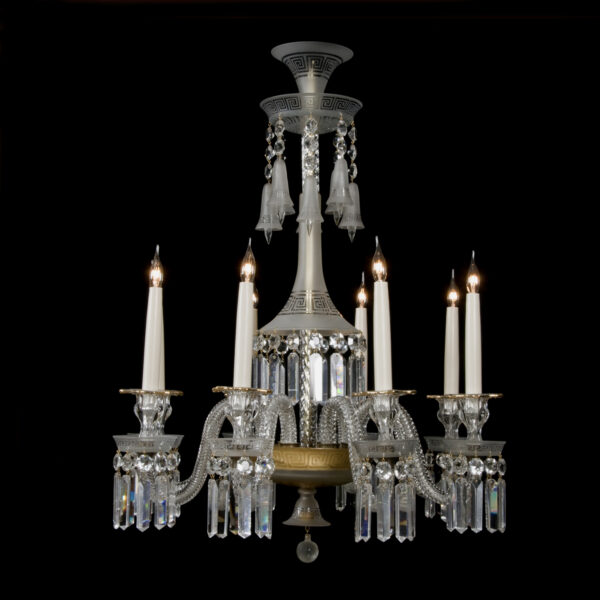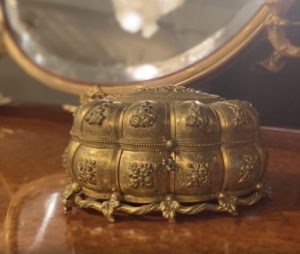F & C Osler
A Cut-Glass and Gilt-Brass Six-Light Chandelier
£9,000
Dimensions
Height: 69 cm (28 in)Diameter: 51 cm (21 in)
Description
A Cut-Glass and Gilt-Brass Six-Light Chandelier, Attributed to F. & C. Osler.
Hung with florets, beads and spheres on an open scroll frame.
Date
Circa 1890
Origin
England
Medium
Cut Glass
The firm of F & C Osler of London and Birmingham, were the leading makers of chandeliers and lighting during the nineteenth century. The glassworks were founded by Thomas Osler in 1807 in Birmingham and specialised in glass furniture and chandeliers for the overseas market.
Thomas Osler was a scholar rather than businessman but when his sons (Follett and Clarkson Osler) joined him in the business they complemented his skills with their energy, which saw the firm thrive and a London house being opened in 1845.
A commission from the ruler of Egypt (Ibrahim Pacha) for a pair of enormous Candelabra to place beside the tomb of the prophet Mahomet at Mecca, generated much interest and as a result Messrs Osler had the honour of a visit from HRH the Prince Consort. A second, even greater Candelabrum was designed by them and exhibited at the Exhibition of Industrial Arts in Birmingham, opened by the Prince Consort. It was this exhibition which gave Prince Albert the idea of a Great Exhibition in London.
As a result by 1850 the firm had been commissioned to make the giant crystal fountain for the 1851 Great Exhibition in Hyde Park, London. The fountain stood some 8.25 meters or 27 feet high and contained 4,000kgs or 4 tons of crystal. At a time when cut glass remained the touchstone of quality the fountain was dependent upon cutters’ skills for its appeal. The original catalogue of the exhibition makes particular note of the scale to which this magnificent glass fountain dominated the entrance; ‘Forming the centre and, or nearly so, of the entire building, and dividing alike the transept and the nave, rises the gigantic fountain of Messrs. Osler, the culminating point of view from every quarter of the building…’. The brochure also goes on to say that the fountain, ‘..is perhaps the most striking object in the Exhibition; the lightness and beauty, as well as the perfect novelty of its design, have rendered it the theme of admiration with all visitors.’
In 1856 the firm supplied a large chandelier for St Georges Hall, Liverpool; Liverpool was then the leading and richest port in the country. This was followed by other significant commissions including a thirty six light chandelier for the Mansion House, London.
In 1858, Queen Victoria opened Aston Hall, Birmingham’s spectacular Jacobean mansion, to the public and a banquet was held in the Great Dining Room. F & C Osler, produced the table service. According to a history of F & C Osler, ‘Her Majesty the Queen was so struck by the unique beauty of the Tudor Service, that she asked permission to take away a beautiful Champagne Glass … This she took personal charge of throughout the journey to London‚Ķ’.
In 1862 Thomas Osler & Co. exhibited at the Paris Exhibition; a contemporary commentator recorded; “When it is said that these chandeliers are of the usual excellence in material and workmanship, which has for so many years characterised the chandeliers and candelabra of this house.”
F. & C. Osler were the leaders in their field and took the art of ‘Brilliant Cut Glass’ to new heights. This ‘brilliant’ style emerged in the late 1870’s, its name aptly describing it’s effect. At its most complex brilliant cutting involved covering the glass surface with intersecting cuts that created innumerable, often fragmentary shapes making up larger patterns. Basic motifs used were stars, hob-nail or polygonal diamonds, strawberry diamonds and fan scallops, out of which a dazzling surface effect was achieved. During the 1880’s F. & C. Osler produced ever more complicated designs in this style.
The wealth within India and efficient shipping links led Osler to choose India as his largest market outside the UK and many Osler chandeliers and light fittings survive there to this day.
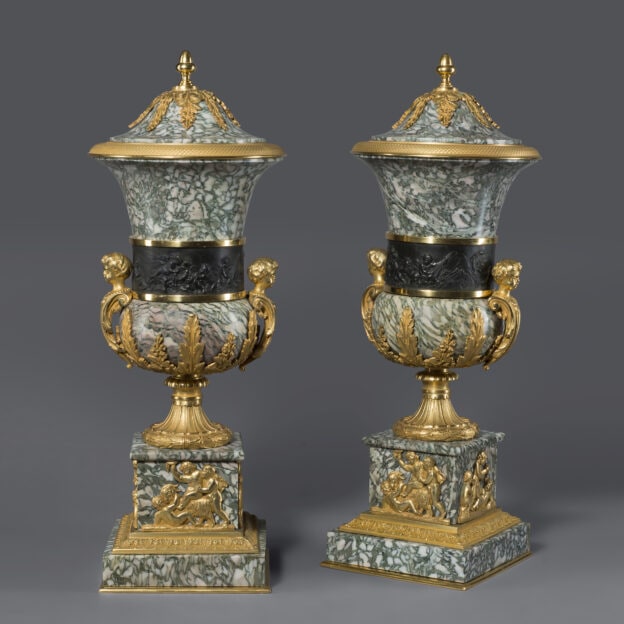




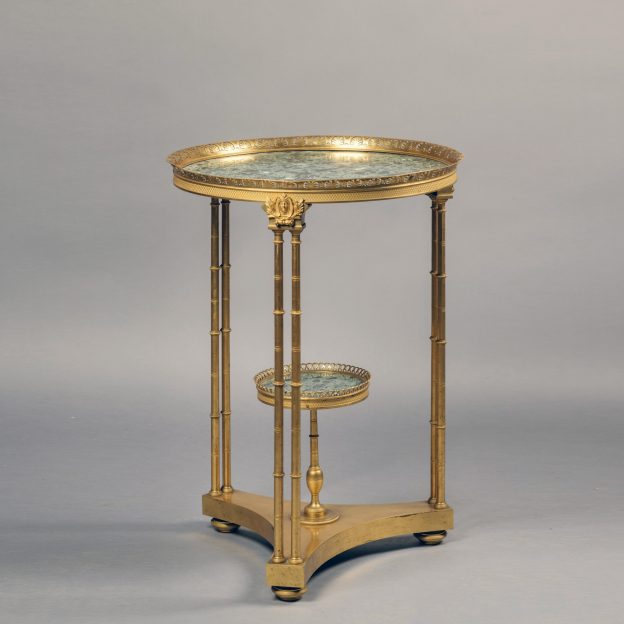
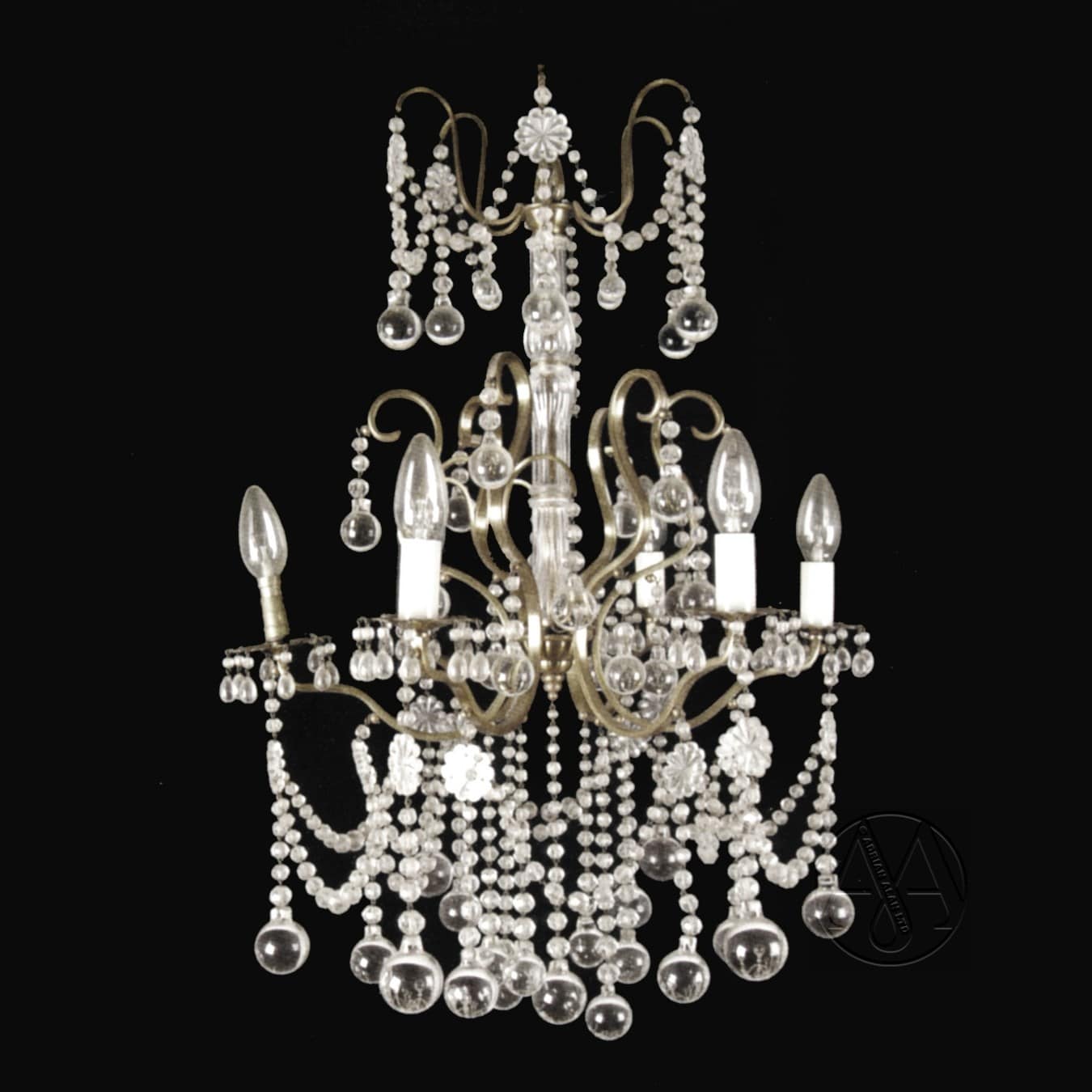
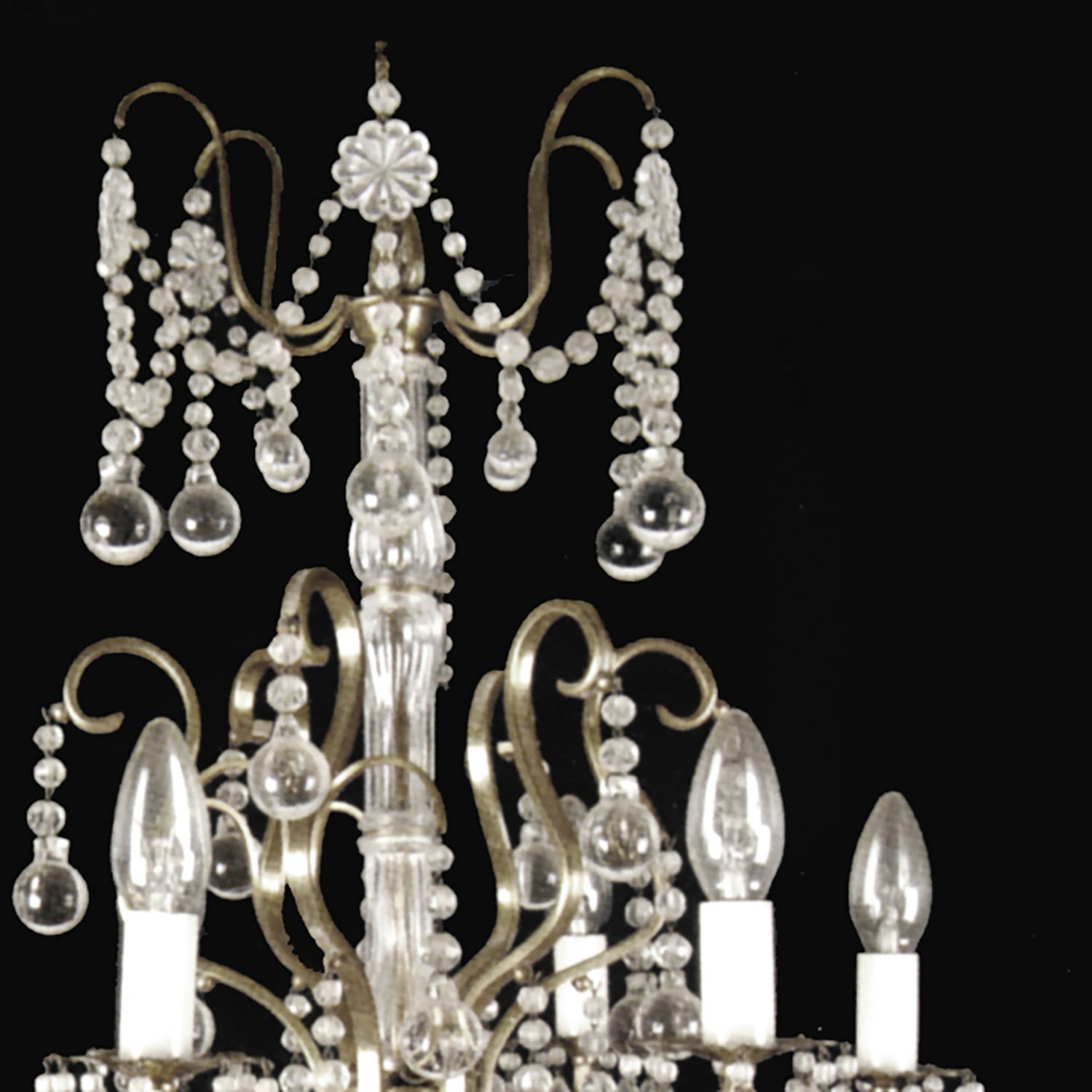


 Print
Print